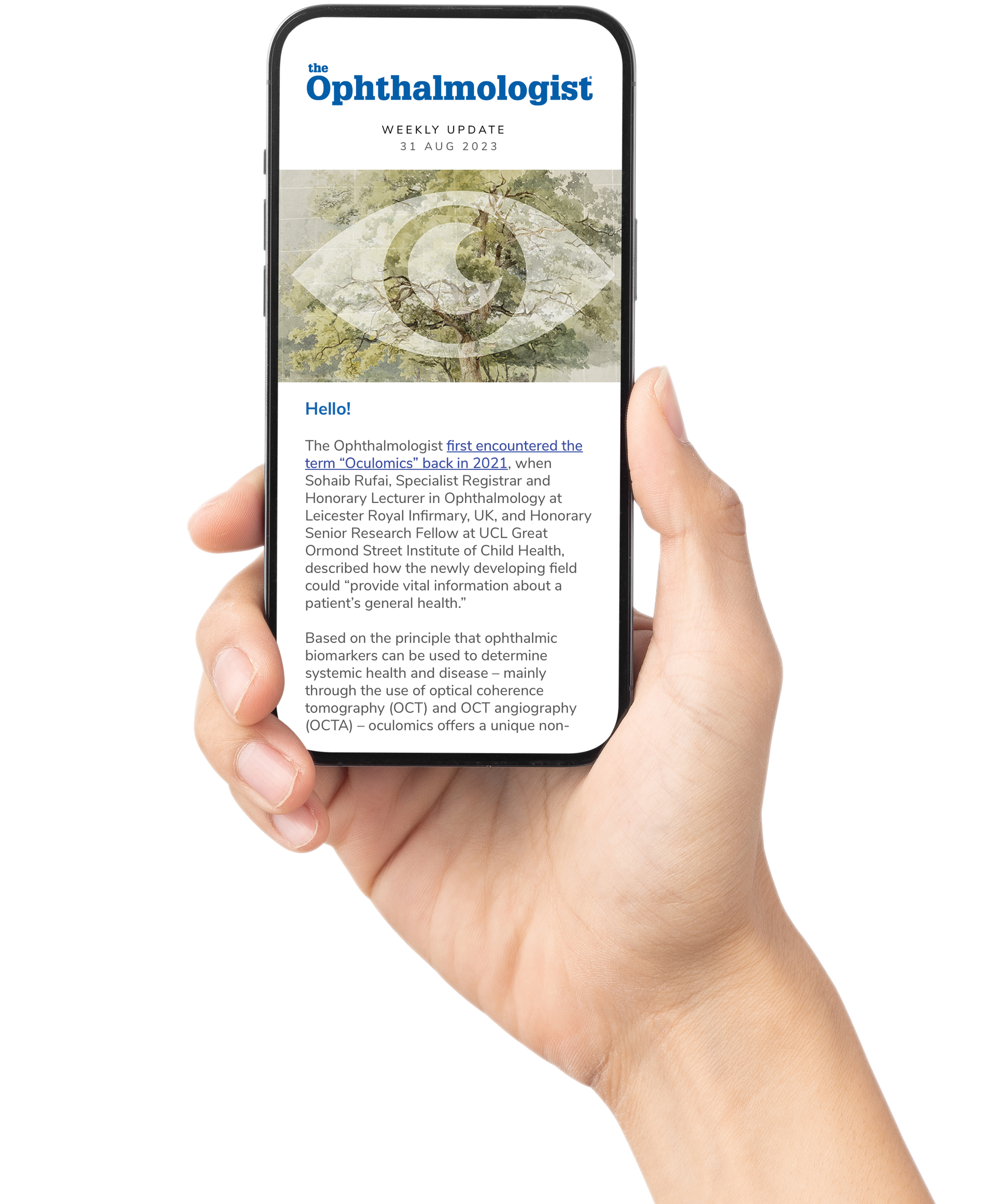
A Danish register-based study has revealed a significant association between prolonged use of inhaled corticosteroids (ICS) in adults with a history of childhood asthma and an elevated risk of cataract development later in life.
The study, published in International Ophthalmology, followed 1,394 individuals diagnosed with childhood asthma and compared them to an age- and sex-matched control group without any history of obstructive airway disease. The overall prevalence of cataract was found to be 6.1% in the childhood asthma group versus 4.3% in controls, corresponding to an adjusted odds ratio (OR) of 1.47. Notably, the risk was significantly higher among those treated with ICS in adulthood, with an OR of 1.75.
A clear dose–response relationship emerged between ICS use and cataract risk. For those adults who were treated with ICS between five-to-ten years, there was a 2.17-fold increased risk of cataract. For those who had been taking ICS for more than a decade, there was a 2.47-fold increased risk.
While ICS are considered the cornerstone of asthma management, these findings underscore the importance of ocular monitoring in patients on long-term ICS therapy, particularly those with high-dose regimens. The research also reinforces the need for interdisciplinary collaboration between respiratory and eye care professionals, to ensure early detection and management of any corticosteroid-related ocular complications.
